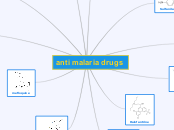av zulhafiz shafiq för 11 årar sedan
467
FUNGI AS ANIMAL PARASITE
The text explores the diverse roles fungi play as animal parasites, detailing various infections and their transmission methods. It delves into systemic mycoses, which spread through the body via inhalation, and cutaneous and subcutaneous mycoses, affecting skin, nails, and hair.









